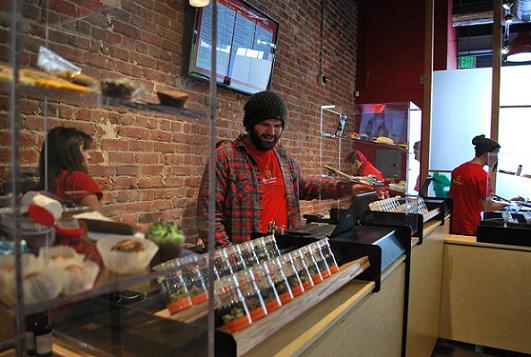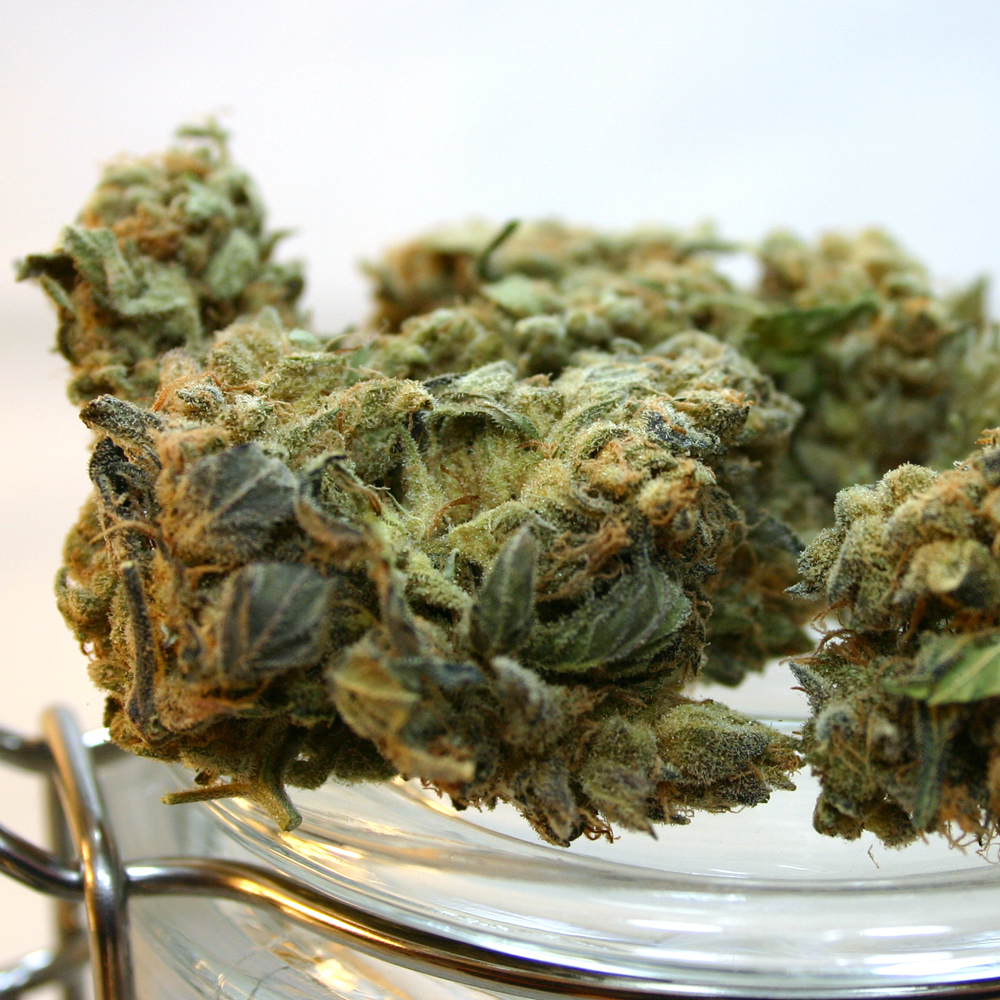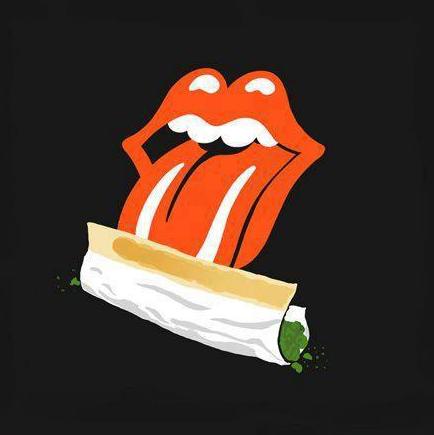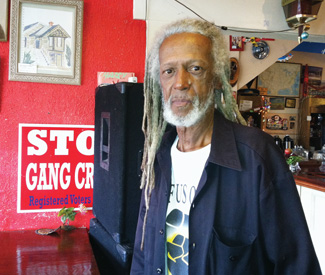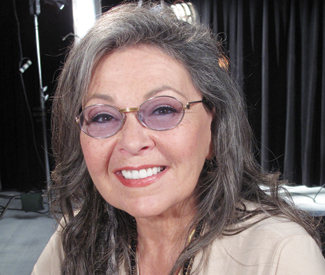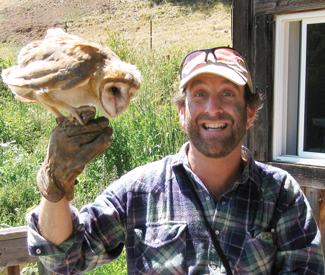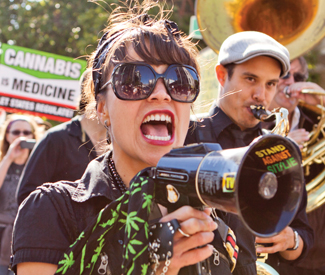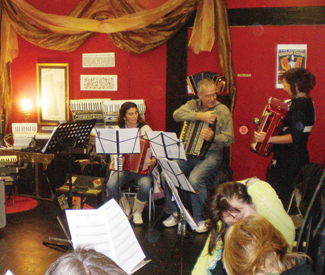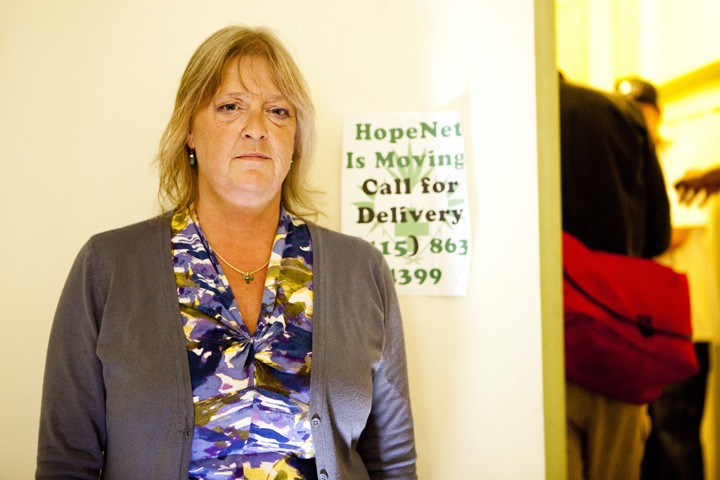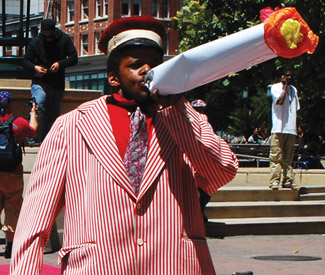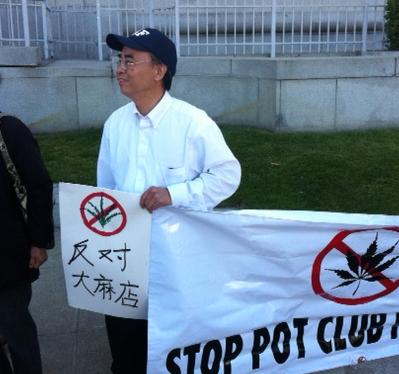WEDNESDAY 20
Mr. Marina Competition
Why would you pay $50 for an hour of hosted Skyy vodka and Peronis? Why, when it’s preceding what may well be the most self-aware (we hope) SF bro moment of the year: the two-year-old Mr. Marina competition. The winner among 10 brah-ly contestants will become VIP at various Marina businesses for 2013 and will be proud that he slapped cancer, as goes the moniker for the Leukemia and Lymphoma Society booster club through which this event’s proceeds are donated to fighting disease. Swimwear competition, talent portion, and impromptu question fielded in stereotypically “Marina” outfits will help judges pick a dude-gem. (Caitlin Donohue)
7pm-11pm, $50
Ruby Skye
420 Mason, SF
Chelsea Light Moving
Kim Gordon’s new band, Body/Head, was just here for a Noise pop show, so….let’s just get this out of the way: yes, Sonic Youth’s Thurston Moore is the guitarist-vocalist-songwriter behind Chelsea Light Moving. And no, Sonic Youth does not have plans to reunite. Chelsea Light Moving is now on its first official tour, in support of its self-titled debut album, which came out March 5 on Matador Records, and has the bloggers buzzing. The post-rock foursome, named for an actual moving company run by Philip Glass and Steve Reich, maintains Moore’s jagged guitar work and tendency towards the fuzz, but some tracks hold a quieter calm, and lean more toward pop than Sonic Youth ever did, which is an interesting departure. San Francisco’s harmonious post-punk trio Grass Widow opens. (Emily Savage)
With Grass Widow
8pm, $21
Great American Music Hall
859 O’Farrell, SF
THURSDAY 21
“Growing Pains: Business of Cannabis”
Where have the federal intervention of past years and the more recent steps forward in legalizing marijuana across the country left us in the fair city of San Francisco? At this talk, hear thoughts from long-haired news contributor to fellow SF Newspaper Company-owned publication SF Examiner, Chris Roberts, and ex-marijuana grower Heather Donahue who yes, also starred in the swervy shots of 1999’s Blair Witch Project. More relevant for the purpose of this blurb, Donahue wrote a book about her experience in small town NorCal weed country, and coupled with Roberts’ knowledge of Bay Area weed businesses, their thoughts should make interesting discussion. If you’ve already got a burning question for the duo, send it in advance of the event to growingpains@sfappeal.com. (Donohue)
6:30-7:30pm, free
RSVP recommended at info@ybcd.org
San Francisco Planning and Urban Research Association (SPUR)
645 Mission, SF
Shen Wei Dance Arts: “Undivided Divided”
The Opening Ceremonies of the 2008 Beijing Olympics presented stunning artistic spectacles (minus that whole unfortunate thing with the lip-syncing scandal), and Shen Wei, their choreographer, played a large role. The Ceremonies offers a good example of the artist’s work, which is known for its bridging of cultures and melding of the traditions of dance with innovative contemporary techniques. Shen Wei comes to YBCA with a long list of credentials — including a MacArthur Award and Guggenheim Fellowship — and a spectacular performance, “Undivided Divided,” that involves dancers moving in grids of different mediums such as sculpture and paint. (Laura Kerry)
Through March 24
8pm, $25
Yerba Buena Center for the Arts
701 Mission, SF
(415) 978-2700
Mohani
“Chillwave” or “chill-vibe” music. Are those terms en vogue or just plain nauseating? Whatever your opinion, there’s no escaping the fact that this Mashi Mashi Presents show will be an evening of electronic, dream-pop, and synth. When Mohani (Oakland’s own Donghoon Han) unleashes his own brand of K-Pop meets Joe Meek’s version of outer space, the soundscape will in fact leave you mellowed out. (This is his album release show.) Deliciously, atmospheric synth blips will rule this night featuring some truly emerging artists, while a good hook for the sake of song structure will not be forgotten. Keep your ears tuned in between acts as the DJ interweaves some carefully selected tracks to keep things moody. (Andre Torrez)
With Li Xi, THEMAYS, DJ Mashi Mashi
9pm, $7 Knockout
3223 Mission, SF
(415) 550-6994
FRIDAY 22
Murs
This ubiquitous LA-based rapper has eight solo albums out, one in the mix, and a hand in half a dozen side projects and collectives, often featuring in three or four different albums per year. Whether he’s going solo, rapping with Atmosphere’s Slug in their duo Felt, or getting indie-licious with Living Legends, Murs’ smart and surefooted rhymes stand out. He recently stirred up some controversy in the hip-hop community for featuring a gay kiss in one of his videos to highlight his support of marriage equality, a bold move both atypical of rappers and extremely fitting of Murs. He seems to have taken his own advice to heart when he raps on “Everything”, “Be original/Be different/Be the one to stand up and shock this system.” (Haley Zaremba)
With Prof, Fashawn, Black Cloud
9pm, $21
Slim’s
333 11th St, SF
(415) 255-0333
Ducktails
Ducktails produces summery rock. The band’s third album, The Flower Lane, released this past January, could span a lazy day at the beach; the low-key but bright album opener, “Ivy Covered House,” provides the soundtrack to a short drive with windows down, while the breezy love song, “Letter of Intent,” underscores the last embers of nighttime bonfire. The side project of Real Estate’s Matt Mondanile, what started as a solo act has developed into a tight band that performs upbeat pop songs to full audiences. Ducktails brings to these, along with a bit of premature summer, to the Chapel tonight. (Kerry)
With Mark McGuire
9pm, $15
Chapel
777 Valencia, SF
(415) 551-5157
SATURDAY 23
The Specials
Let’s begin with pick-it-up, pick-it-up songs “A Message to You, Rudy,” and “Nite Klub,” and upbeat haunter “Ghost Town” — British two-tone legends the Specials released now-classic ska gems early in their career, beginning in ’79 with their self-titled debut. The band inched up through the early ’80s with followup, More Specials and more danceable two-tone tracks like anti-work anthem “Rat Race” and foggy “Stereotype/Stereotypes, Pt. 2.” Over the decades the band has broken up, gotten back together, gained and lost members, experience shiny revival popularity, and remained that of checkerboard legend. See the Specials live now, while you still have the joint strength to skank in the pit. (Savage)
With Little Hurricane, DJ Harry Duncan
Warfield
928 Market, SF
(415) 345-0900
Christopher Owens
For most singer-songwriters who break big, life becomes a wild ride. For Christopher Owens, the critical and commercial success of his band Girls was just another event in a lifetime of crazy trips. He’s been, among other things, a cult member, a drug addict, a knife salesman, and a punk rocker. With such experiences, he has enough material for a lifetime of therapeutic songwriting. But Owens only seems to be able to write about one thing — love. While Girls tried their hardest to perfect the indie love song, Owens’ new solo album Lysandre tries harder. The record itself is one huge love story about a girl he met while on tour with Girls in France, and the duo’s subsequent rise and fall. The music and the lyrics are earnest, simple, and heart-achingly relatable. While the loss of Girls is a blow to the San Francisco music scene, one listen to Lysandre certainly eases the pain. (Zaremba)
8pm, $25
Palace of Fine Arts
3301 Lyon, SF
(415) 567-6642
MONDAY 25
Half the Sky
Nicholas Kristof and Sheryl WuDunn’s best-selling book Half the Sky: Turning Oppression into Opportunity for Women Worldwide inspired many of its readers to become activists. Its message has been further shared thanks to a four-hour PBS documentary highlighting international women’s rights issues, with a little celebrity help from Diane Lane, Meg Ryan, Gabrielle Union, and others. In honor of Women’s History Month, the Guardian’s own Caitlin Donohue hosts an abridged screening of this important film, followed by what’s sure to be a lively discussion about San Francisco’s role in advancing women’s rights worldwide. (Cheryl Eddy)
7pm, free
Artists’ Television Access
992 Valencia, SF
Iceage
This band of young ruffians out of Copenhagen has had a whirlwind adolescence. After two albums and international acclaim, the gents in Iceage are still teenagers at 19-years-old. 2011’s New Brigade and this year’s You’re Nothing add up to one searing hour of punk rock fueled by the sort of unbridled, unfiltered fury that only coming of age can produce. Their particular sound mashes in elements of post-punk, hardcore, and industrial to create a delicious sonic mess. The group recently came under fire after a blogger posted a conspiracy theory-esque article about Iceage’s “chic racism.” Though the claims were unfounded and the research woefully incomplete, the allegations just won’t disappear. But hey, the rage and confusion stemming from this sort of injustice and abuse of modern forms of communication seems like a recipe for a great follow-up album. (Zaremba)
With Merchandise, Wet Hair, DJ Omar
8pm, $12
Rickshaw Stop
155 Fell, SF
(415) 861-2011
TUESDAY 26
Caveman
It’s not just that Caveman’s music is dreamy, but it also shares qualities with dreams. The band’s first album, CoCo Beware (2011) simultaneously sounds close and ambiently distant. Caveman’s self-titled second album, released April 2, will build on these effects, which have produced compelling performances and earned the band impressive recognition in the past couple of years. With beautifully pure vocals and beats that are funkier than expected, the band plays folk-pop with a vividness of a daydream or the last images before waking. Get swept up in the momentum of Caveman’s reverie at the Independent. (Kerry)
With Pure Bathing Culture
8pm, $15
Independent
628 Divisadero, SF
(617) 771-1421
The Guardian listings deadline is two weeks prior to our Wednesday publication date. To submit an item for consideration, please include the title of the event, a brief description of the event, date and time, venue name, street address (listing cross streets only isn’t sufficient), city, telephone number readers can call for more information, telephone number for media, and admission costs. Send information to Listings, the Guardian, 225 Bush, 17th Flr., SF, CA 94105; or e-mail (paste press release into e-mail body — no attachments, please) to listings@sfbg.com. Digital photos may be submitted in jpeg format; the image must be at least 240 dpi and four inches by six inches in size. We regret we cannot accept listings over the phone.

